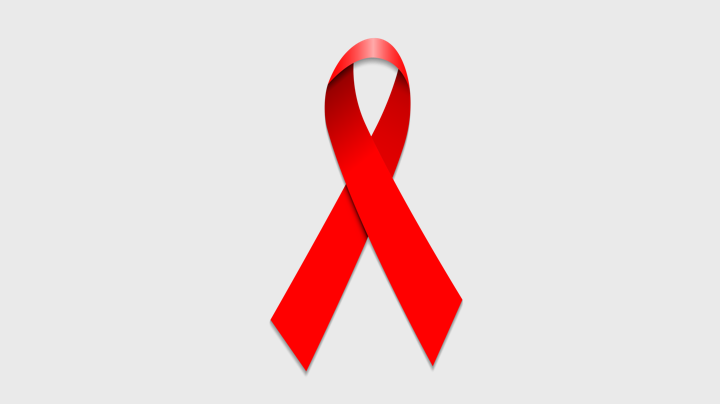Unfortunately, HIV has become one of the diseases of the age that is transmitted very quickly and specifically in our Arab societies and the reason for its widespread is the lack of condom culture and sexual safety, and this is due to the lack of awareness in our Libyan society, led to this widespread, and the continent of Africa holds the largest proportion of people living with HIV globally by 71 percent.
What is HIV and what is the difference between it and AIDS?
Human immunodeficiency virus / acquired immunodeficiency syndrome (AIDS) is a disease caused by HIV, which targets the immune system and weakens the prevention and defense systems of individuals against infections and some cancers. The virus also destroys and weakens the functions of immune cells, and individuals gradually become immune-weakened. Weakened human immunity increases exposure to a wide range of infections and diseases that are difficult for people with healthy immunity to fight
HIV can be transmitted by exchanging a variety of infected body fluids, such as blood, breast milk, semen and vaginal secretions, but it is not transmitted through normal daily contact such as kissing, hugging, shaking hands, or sharing personal items, food or water. The symptoms of HIV vary depending on the stage of infection. However, people living with HIV cause many infections in the first few months, and many of them are unaware of their status until they reach the later stages. During the first few weeks after the initial infection, people may not feel any symptoms or symptoms of flu-like illness, including fever, headache, rash or sore throat. As the infection gradually weakens a person’s immune system, an individual may experience other signs and symptoms such as swollen lymph nodes, weight loss, fever, diarrhea and cough. If untreated, HIV / AIDS may inevitably lead to the death of an infected person.
There is currently no vaccine against HIV / AIDS. However, there are a number of very encouraging things for the development of the HIV vaccine. A combination of two vaccines, the HIV antigen, a modified wall virus and a protein subunit vaccine, has shown that it provides more than 30% protection against HIV infection in human clinical trials and the RV144 protocol, Thailand, in 2009. The current vaccine development effort is therefore twofold: to improve the results of the RV144 protocol, in trials planned in Thailand and South Africa, and to develop a full range of “second generation” products to address the challenges of severe HIV variability, this represents a family a significant barrier to the development of a vaccine for HIV.
AIDS, or acquired immunodeficiency syndrome, is one of the most well-known diseases worldwide. Despite this, however, much of the widespread information about the disease is marred by many misconceptions. Here is a correction of the most common misconceptions about AIDS:
The first myth: HIV and AIDS are the same.
HIV leads to AIDS, but with the right treatment, people with HIV may live their entire lives without developing into AIDS. It is not necessary for every HIV infection to develop into a disease. This depends on receiving the correct treatment.
The second myth: HIV-infected people do not need to undergo a treatment program until they become very ill.
The treatment program includes antiretroviral, which fight the virus.
The third myth: a pregnant woman with HIV infection will surely infect her newborn.
It is not necessary for a newborn to get infected from his mother infected with the virus. The probability of infection is between 25 and 33 percent, according to the director of the Center for AIDS Research in South Africa, Professor Salim Abdul Karim. The possibility of infection can be reduced by giving the child prep pills, which protect against infection.
The fourth myth: HIV infection will inevitably die.
Although no treatment or vaccine has been found for these infections, medicines for AIDS patients are able to reduce HIV replication in the blood and protect the immune system from spreading the disease. According to Professor Karim, “more than 95 to 99 percent of patients receiving treatment will only have difficulties in their normal lives.” Thanks to regular treatment, the patient will be able to live for many years.
The fifth myth: HIV infection can be felt.
the symptoms of HIV infection, which causes AIDS, may take years to appear. “It takes an average of eight to 10 years for an HIV infection to appear in an individual, so it is impossible to diagnose the disease in its early stages,” said Owen Ryan, executive director of the International AIDS Society.
How do you get an infection?
The risk of contracting the virus only occurs when body fluids containing a large amount of viruses enter the body of another person. This occurs roughly in three cases: sex, blood-infected injections for example when using drugs, and during pregnancy, delivery or breastfeeding by the HIV-positive mother.
Your health matters





